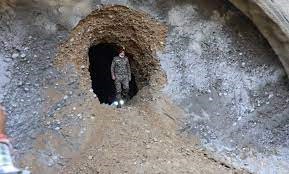Free Courses Sale ends Soon, Get It Now


Free Courses Sale ends Soon, Get It Now



Disclaimer: Copyright infringement not intended.
Context
Details
What is NH 144A and when did it come into existence?
What is the significance of its upgradation?
Who is executing this project?
What about the Akhnoor to Poonch stretch?
|
PRACTICE QUESTION Examine the significance of National Highways in border areas for a nation's security, economic development, and connectivity. Discuss the challenges associated with building and maintaining these highways in such regions and propose strategies to address them. (250 words) |
© 2024 iasgyan. All right reserved